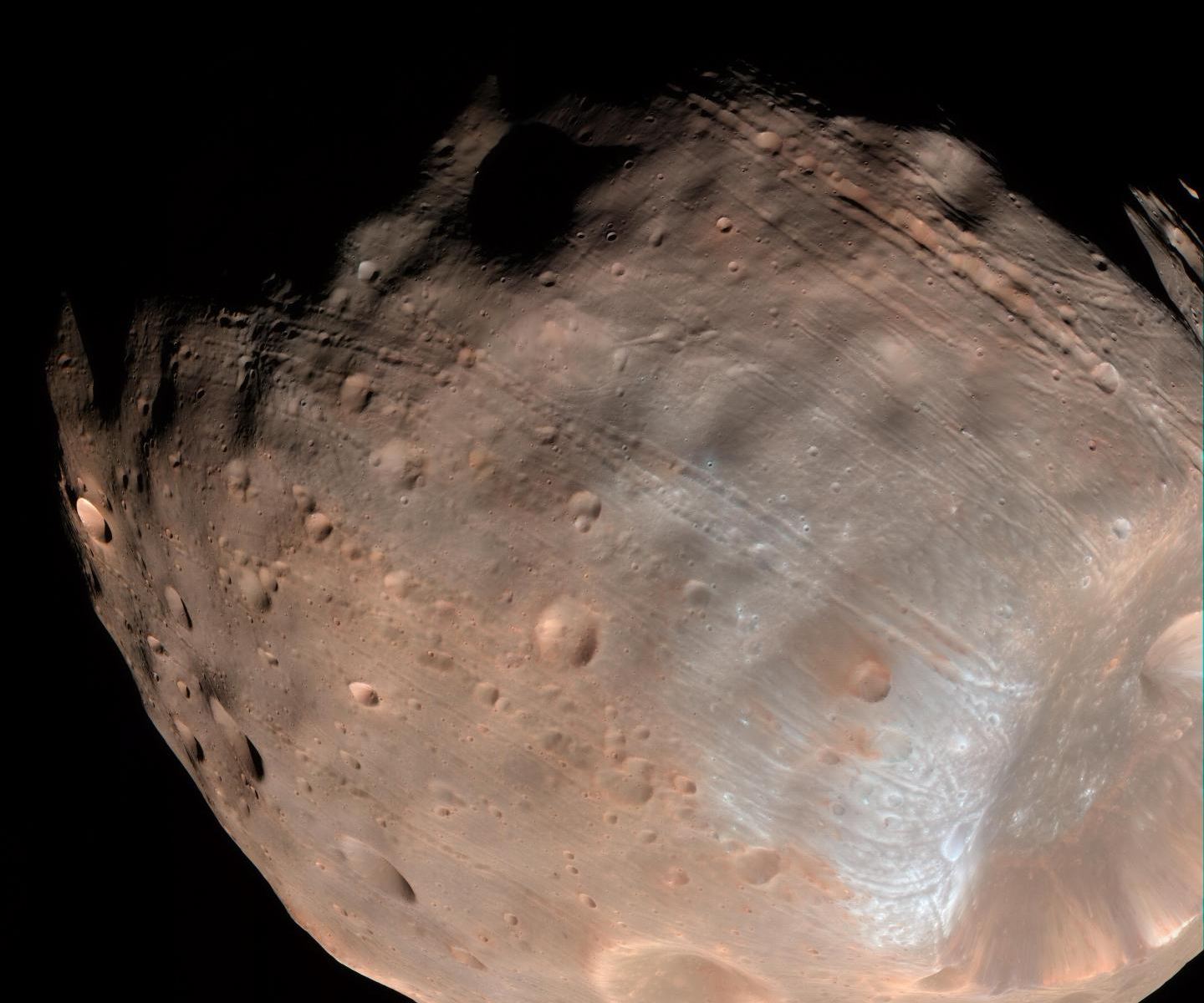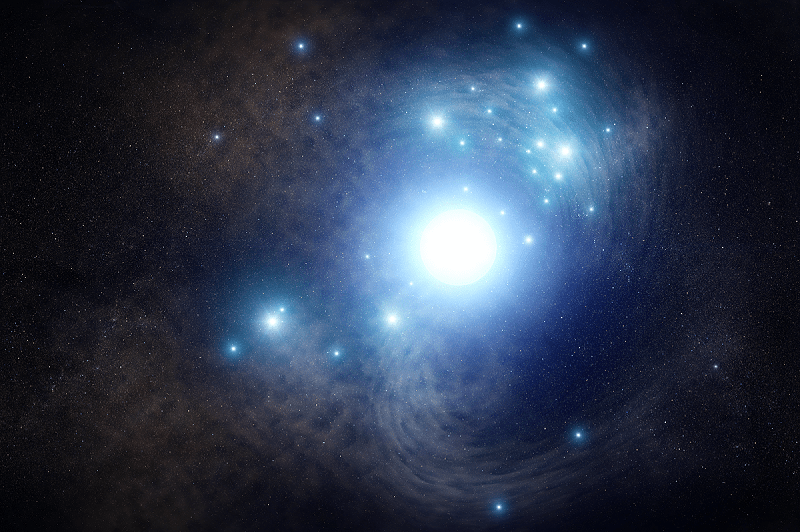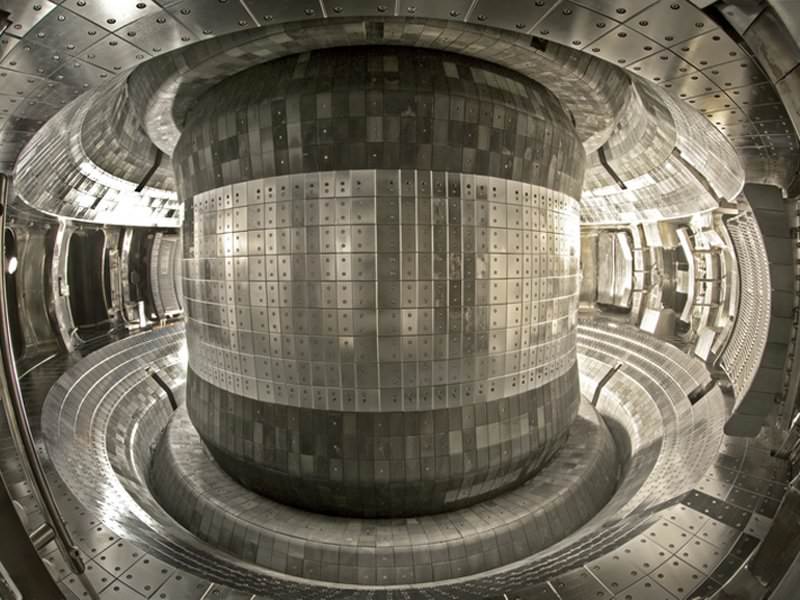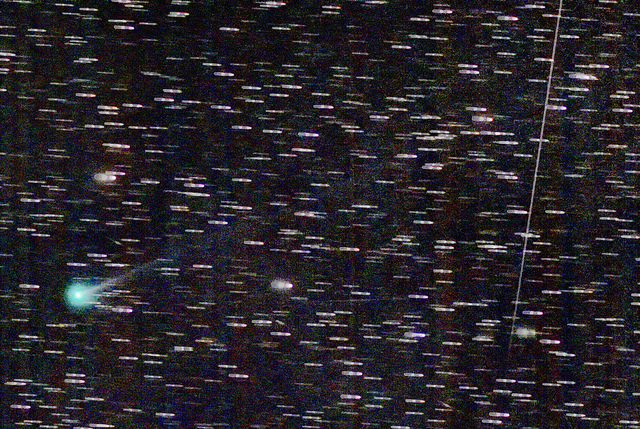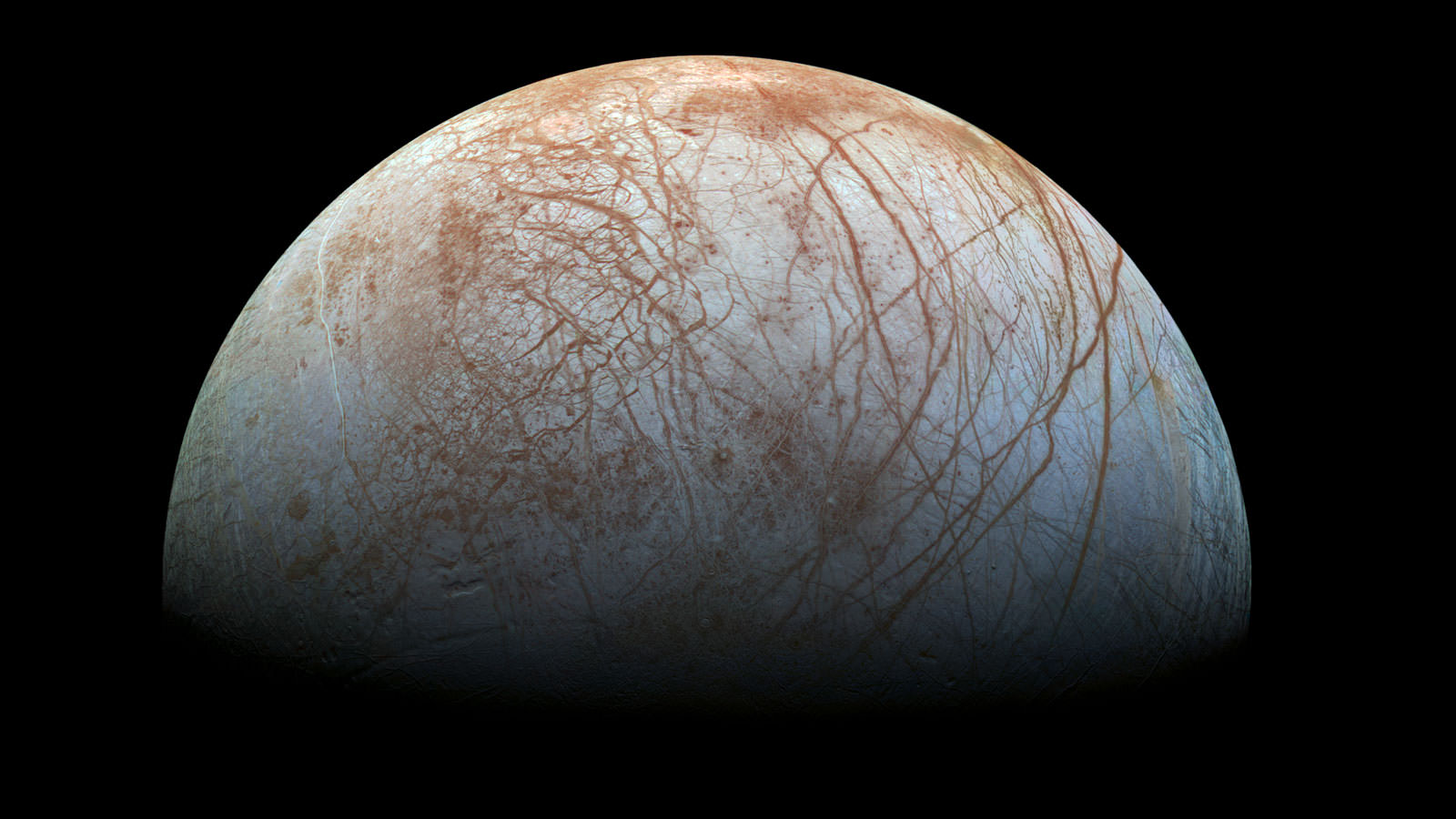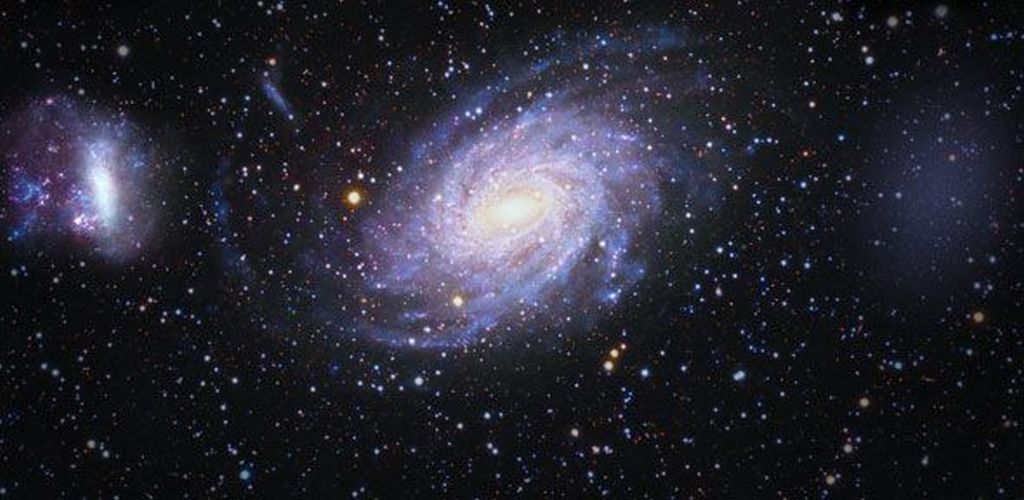Back in the 1970s, NASA’s Mariner and Viking Missions were sent out to explore other planets in our Solar System. All three of them (there were two Viking missions) captured images of Mars’ moon Phobos during their travels. They were our first images of the tiny, potato-shaped moon, and the images held a mystery: strange linear grooves on the moon’s surface.
Continue reading “Strange Grooves on Phobos Were Caused by Boulders Rolling Around on its Surface”
Strange Grooves on Phobos Were Caused by Boulders Rolling Around on its Surface
